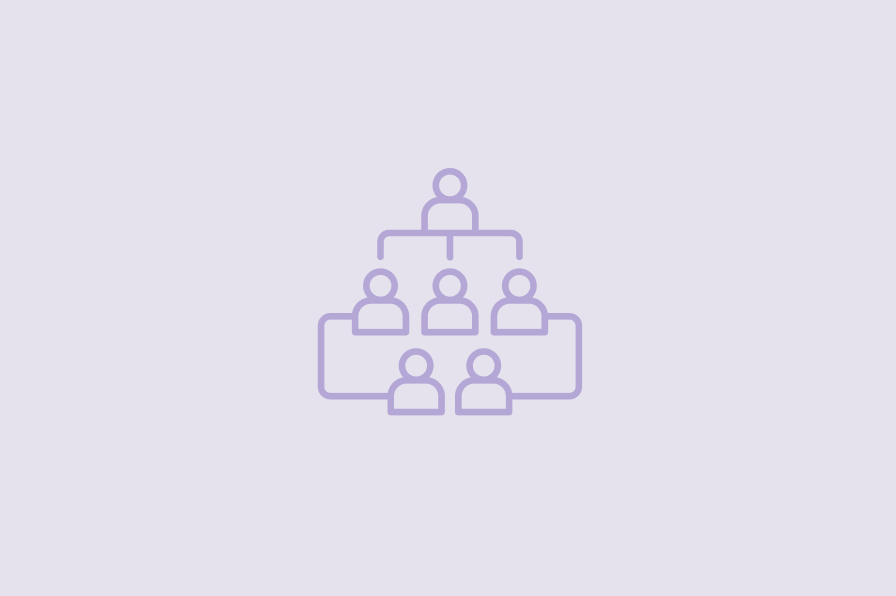

All eyes are on employees as workplace engagement is part of what can make or break a company’s longevity. Consequently, business leaders have amped up their strategies to ensure job and benefit satisfaction in an effort to maintain growth. With these specific areas continuing to impact the job market, many companies have turned to the expertise of their PEOs to stay aligned with industry trends and employee expectations. As PEOs, we can guide employers on where to focus their efforts and identify key areas in which we can help them succeed.
PRIORITIZING EMPLOYEE SATISFACTION FOR RETENTION PURPOSES
Although the workforce has evolved past the Great Resignation (for now), attention to employee retention shouldn’t be left on the back burner. The current job market is making it harder to find talent, meaning keeping employees happy all the more important.
Investing in employees by providing a positive company culture and a clear path to professional growth can keep businesses competitive when the tide shifts yet again. Though employee negotiations still weigh heavily on recruiting and retention, leaders need to consider other ways to hang on to their most valuable employees.
Two main measures of employee satisfaction are leadership development and salary expectations. When deciding where to focus efforts first, these areas are a good place to start.
LEADERSHIP SKILL DEVELOPMENT
When employees feel they’re facing a dead-end at their job, they’ll start looking elsewhere to continue their career path. Businesses need to provide leadership training and development to align with employee goals.
To help address this need, a PEO partner can help clients create programs for: career development opportunities, employee recognition programs, work-life balance and boundaries initiatives, competitive compensation and benefits, and mentorship and coaching.
Additionally, clients are also turning to their PEOs for resources to help them gauge employee sentiments through job satisfaction surveys and regular check-ins. ExtensisHR, for example, leverages a partnership with 15Five to boost employee engagement within our own workforce and for our customers. Rather than guess what employees value most, companies can get answers straight from the source.
SALARY TRANSPARENCY
Meeting employee expectations is key to maintaining retention. This starts with salary transparency. It sets a tone for job candidates (and active employees looking to advance in their roles) to feel accurately informed when applying for a new position or being recruited.
Salary transparency provides a built-in sense of trust and aligned understanding which is carried throughout the entire hiring process. Furthermore, salary transparency is required by law in certain states to promote pay equity. Whether it’s market rate reviews, pay equity assessments, or other related factors, there are many aspects of pay transparency that can be embraced.
Clients depend on us to provide resources like compliant job description and offer letter templates, as well as assistance in effectively telling their unique story. So, while compensation will always be a priority for job candidates, finding the right cultural fit has become a deciding factor as well.
Though this is valuable in the recruiting phase, it should extend through onboarding and an employee’s integration into the company if businesses expect to retain employees long-term.
MANAGING EMPLOYEES’ MENTAL AND FINANCIAL HEALTH
The demand for mental health and financial wellness benefits has become the standard in today’s job market. In the past, these have barely skimmed the surface of what employees wanted or expected from their benefits package. Now, for many modern employees, these types of benefits are non-negotiable.
Mental Healthcare
The state of employees’ mental health cannot be overlooked as it greatly affects their job satisfaction, not to mention their work productivity and personal relationships. A report by the American Institute of Stress reveals that 83% of U.S. workers say they suffer from daily work-related stress, with 50% admitting to not being engaged at work, leading to a loss of productivity.
Therefore, businesses need to incorporate benefits allowing for better work-life balance. This may include flexible work schedules, remote work opportunities, and more accessible and affordable care like counseling and other behavioral health services.
Financial Wellness Benefits
Retirement plans remain high on the list of sought-out benefits for employees. Knowing how best to safeguard earnings for the future can feel overwhelming and complex. Businesses offering financial wellness benefits can ease these concerns and serve as an advantage for recruitment and retention. These may include: Retirement/401(k) plans, financial education and counseling, savings programs (HSAs, FSAs), employee discount programs, student loan repayment assistance or long-term care and/or life insurance.
We’ve seen an uptick in clients requesting and leveraging these resources, particularly employee assistance programs (EAPs), which provide mental health and financial wellness services including free, confidential assessments and short-term counseling.
Furthermore, PEO partners can help businesses develop benefit education and policies that align with industry trends and allow for flexibility as employee demands change.
CATERING TO FIVE DIFFERENT GENERATIONS
Employers also face the challenge of having five generations in the workforce. Many workers can’t afford to retire to the standards they had anticipated, and older employees are returning to work, albeit in different capacities. Additionally, data from the Employee Benefits Research Institute (EBRI) shows when the job market is at its strongest, an employee’s tenure tends to be the shortest as they seek other opportunities.
As a result, employers must be cognizant of how this spectrum affects recruiting, retention, and retirement best practices. Working with a PEO partner focusing on customization can better encompass the needs of all workers as they enter different phases of their careers through:
Tailored Benefit Plans
A younger employee may be more interested in student loan assistance, whereas an older employee may be focused on a 401(k) retirement plan or saving for a child’s college tuition. Following benefit trends matters but understanding the unique needs of each specific work population is what makes a difference.
It’s our responsibility to evaluate and update benefit offerings as workplace demands shift. This ensures business leaders have peace of mind knowing their plans remain aligned with employees’ evolving work and life needs.
Professional Development Programs
Implementing training and leadership development opportunities gives employees a chance to grow within their company. It also provides a pathway for mentorship and knowledge transfer programs. This helps to keep employees engaged and encourages cross-channel and cross-generational experiences and shared expertise.
Clear Communication Strategies
Diverse and consistent communication systems are necessary to appeal to various generational preferences, such as a mix of digital platforms and in-person meetings. Meanwhile, handbook compliance is essential to maintain a written and documented understanding for all employees.
A PEO can help companies establish which types of benefits and programs would be the most well-received by their employees. Plus, they can work with executive leaders to update company handbooks, which outline organizational policies, procedures, and core values to protect the business and ensure employees are clear about work rules and expectations.
Understanding the current workforce landscape is essential, but the market can shift at any moment. As PEOs, helping our clients constantly refine best practices to maximize employee satisfaction will always be on trend. By staying proactive and adaptable, we can ensure these businesses are equipped to meet changing demands and maintain a satisfied, engaged workforce.
-
SHARE
- Copy to clipboard



